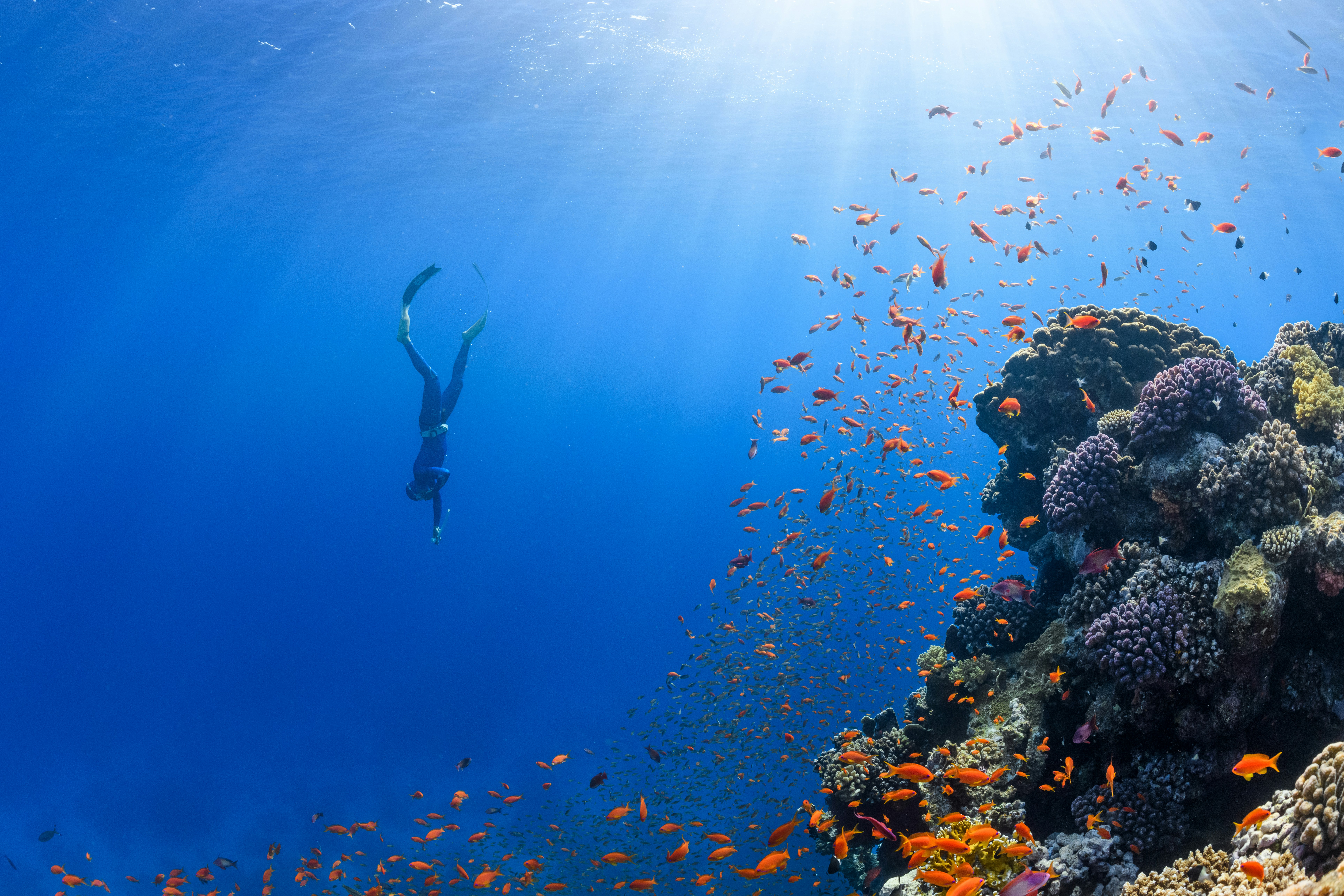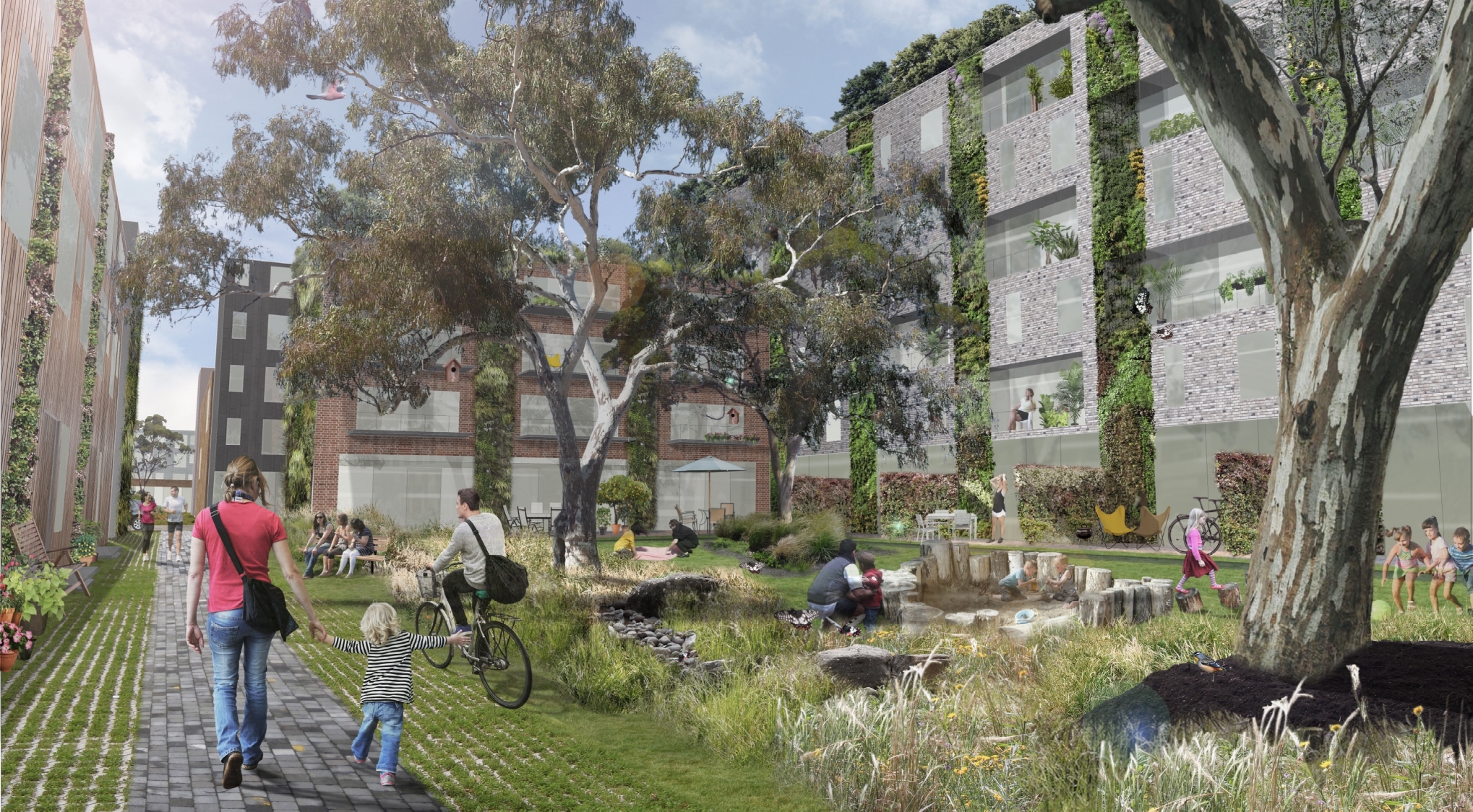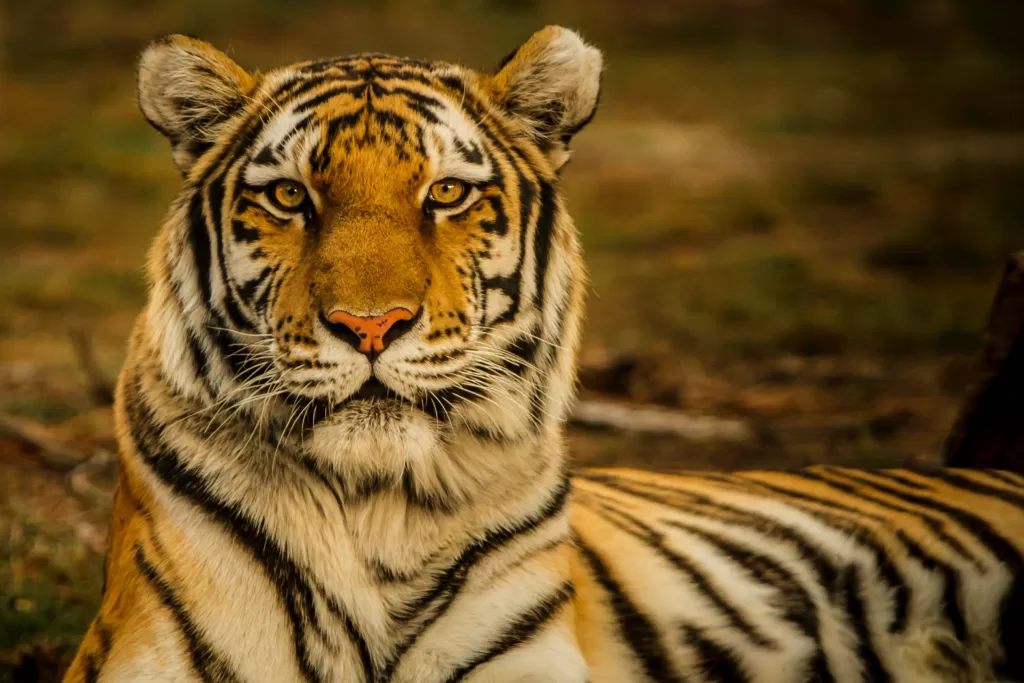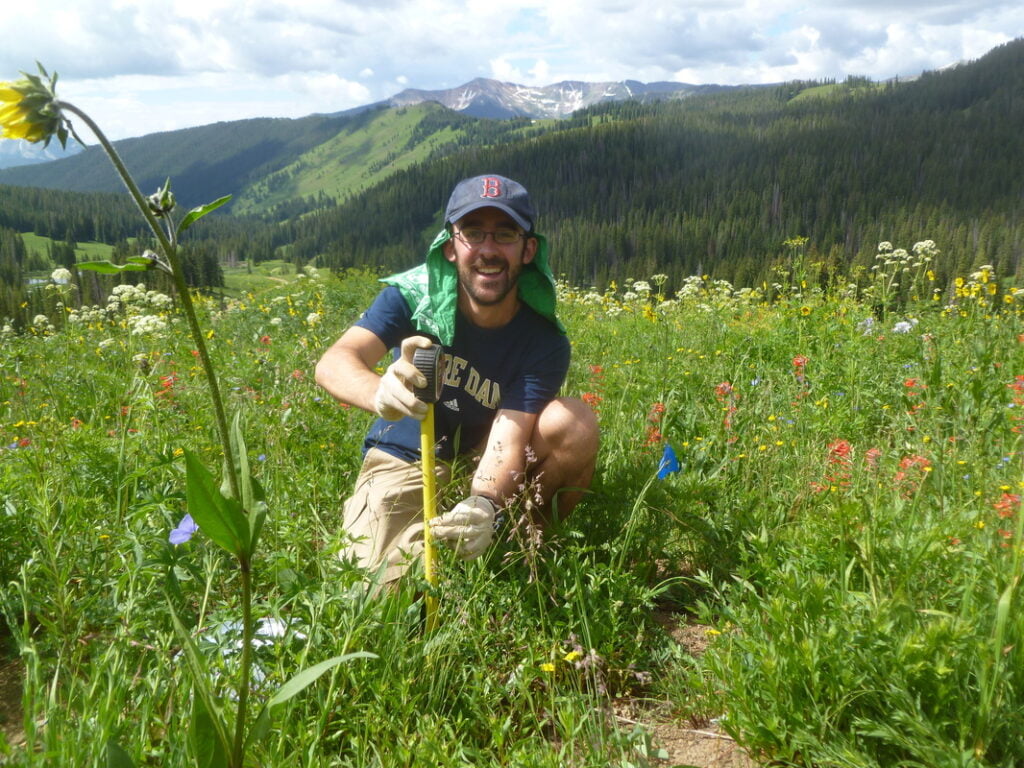Virtual reality and augmented reality offer a game-changing approach to biodiversity management.
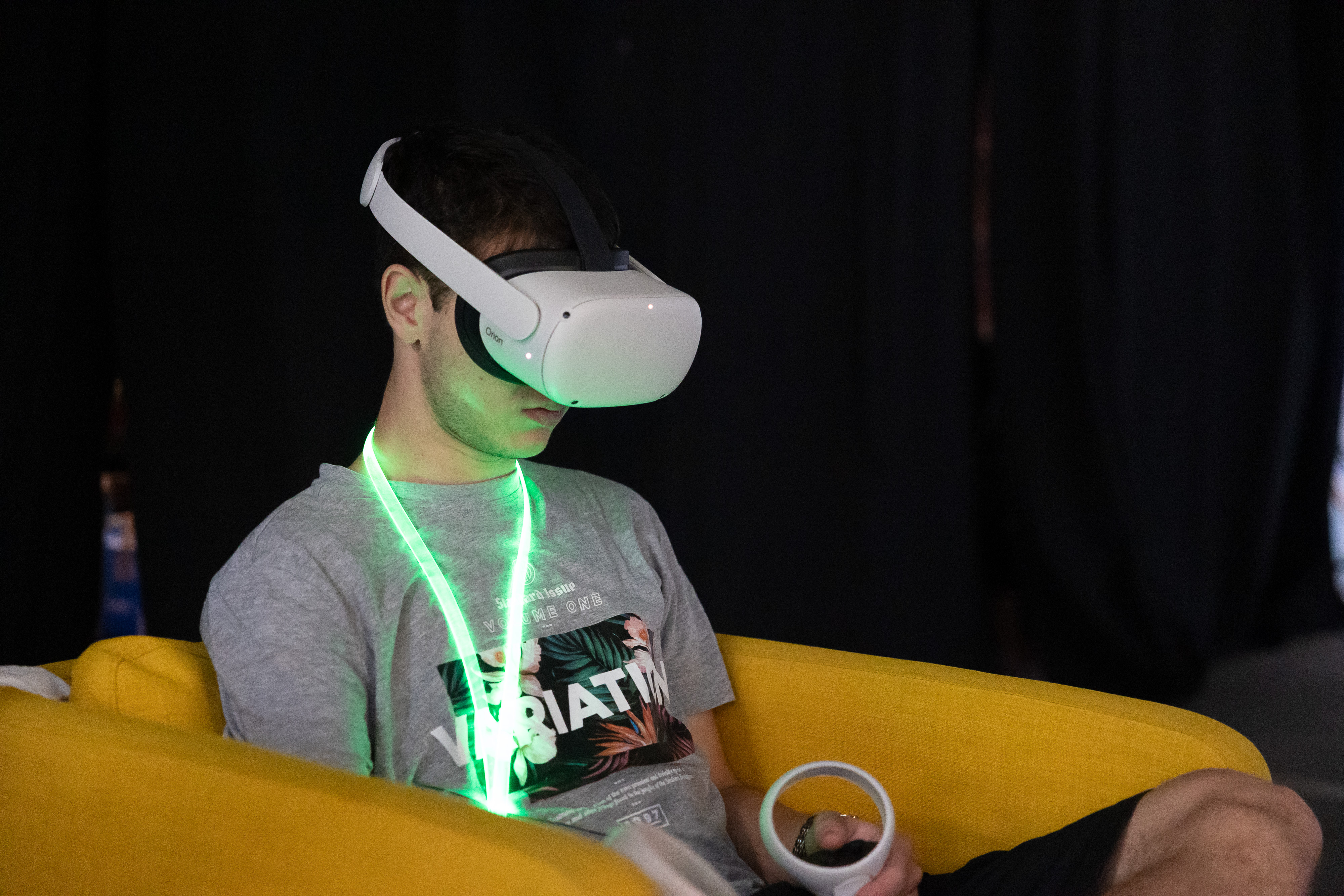 VR and AR have emerged as powerful tools in checking the health of our biodiversity by providing immersive and interactive experiences. : Tom Mesic photography, Ars Electronica (Flickr) CC BY-NC-ND 2.0 DEED
VR and AR have emerged as powerful tools in checking the health of our biodiversity by providing immersive and interactive experiences. : Tom Mesic photography, Ars Electronica (Flickr) CC BY-NC-ND 2.0 DEED
Virtual reality and augmented reality offer a game-changing approach to biodiversity management.
Imagine exploring a vibrant coral reef without getting wet, or soaring through a rainforest canopy while sitting on your sofa.
Immersive technologies such as virtual reality (VR) and augmented reality (AR) are making these experiences a reality. But more importantly, they’re revolutionising the way we manage biodiversity.
In an era where ecosystems are increasingly threatened by climate change, exploitation and pollution, the need for innovative solutions to manage biodiversity is crucial.
VR and AR have emerged as powerful tools for checking the health of our biodiversity by providing immersive and interactive experiences. These technologies offer a unique opportunity to deepen our understanding of ecosystems and engage people in conservation efforts.
In Malaysia, the East Coast Rail Link project utilises VR simulations at its Safety Training Centre in Pahang, Malaysia allowing workers to practise safety procedures in realistic, risk-free environments. This innovative approach enhances worker safety by providing immersive experiences that simulate potential hazards, contributing to the project’s zero Lost Time Injury incidents record and overall progress.
Organisations such as the Smithsonian Institution use AR applications to engage visitors in biodiversity conservation efforts.
Traditional monitoring methods, such as manual field surveys and remote sensing, often struggle to capture the full complexity of ecosystems due to limitations in spatial coverage and resolution. For instance, manual field surveys involve physically traversing ecosystems to collect data on species composition and habitat characteristics, which can be time-consuming and logistically challenging.
Similarly, remote sensing techniques, such as satellite imagery and aerial surveys, provide valuable information on large-scale ecosystem patterns but may lack the detail required to understand fine-scale ecological processes.
Immersive technologies, such as VR and AR, address this challenge by allowing researchers to create virtual environments that accurately mimic real-world ecosystems, providing a more immersive and interactive platform for studying ecological dynamics.
Scientists can explore these virtual ecosystems, collect data, and monitor changes over time with unprecedented precision. AR takes a different approach, by overlaying digital information onto the real world, enabling researchers to augment their field observations with additional data and insights.
However, the potential of immersive technology extends far beyond biodiversity monitoring.
These technologies also hold immense potential for biodiversity education and awareness. By immersing users in virtual environments, VR experiences can provide immersive learning opportunities, allowing individuals to explore diverse ecosystems and learn about the importance of biodiversity conservation.
VR and AR present promising tools for monitoring illegal activities and tracking animal migrations. VR surveillance systems offer immersive simulations of remote areas, aiding law enforcement in monitoring for poaching and illegal logging.
AR can simulate tracking devices on animals, providing insights into migration patterns without physical tagging. Interactive VR maps allow for immersive exploration of migration routes, helping researchers and conservationists in understanding and communicating complex data.
AR applications can further enhance public awareness by overlaying digital information. Imagine the Amazon rainforest popping up on your phone as you walk through your neighbourhood park. It makes everyday experiences become educational opportunities.
The widespread adoption of immersive technologies in biodiversity management faces several challenges. One is accessibility.
While VR and AR technologies have become increasingly sophisticated, they are still relatively expensive and require specialised equipment. Ensuring equitable access to these technologies is essential to ensure that all stakeholders, including communities in biodiversity hotspots have access.
Making VR and AR more affordable and accessible involves several strategies. Investing in research and development to lower production costs and improve technology efficiency can drive down prices.
Fostering collaborations between technology companies, governments, and NGOs can lead to subsidy programmes or grants to support the adoption of VR and AR in various sectors. Creating open-access platforms and libraries for VR and AR content can democratise access to resources and knowledge.
Another challenge is the integration of immersive technology into existing conservation frameworks. Biodiversity management is a complex, multifaceted endeavour that involves coordination among diverse stakeholders, from scientists and policymakers to local communities and indigenous groups.
Integrating immersive technology into existing conservation efforts requires careful planning, collaboration and capacity building to ensure that it complements, rather than replaces, traditional conservation approaches.
Ethical considerations could be taken into account when using immersive technology. Immersive technology can have unintended consequences, from environmental impacts to exploitation of vulnerable communities. Developing ethical guidelines is essential to ensure responsible use that benefits biodiversity and local populations.
Despite these challenges, the potential of immersive technology to revolutionise biodiversity management is undeniable.
By harnessing the power of VR and AR, we can unlock new insights into the complexities of ecosystems, engage stakeholders in conservation efforts, and inspire action to protect our planet’s precious biodiversity.
Immersive technologies have the potential to shape the future. Understanding their impact is crucial for building a more sustainable world.
Ts. Dr Aslina Baharum is an associate professor and programme leader at Sunway University, Malaysia. She is an active member of the Young Scientists Network – Academy of Science Malaysia, a senior member of the Institute of Electrical and Electronics Engineers, and a certified professional technologist recognised by Malaysia Board of Technologists.
Originally published under Creative Commons by 360info™.


